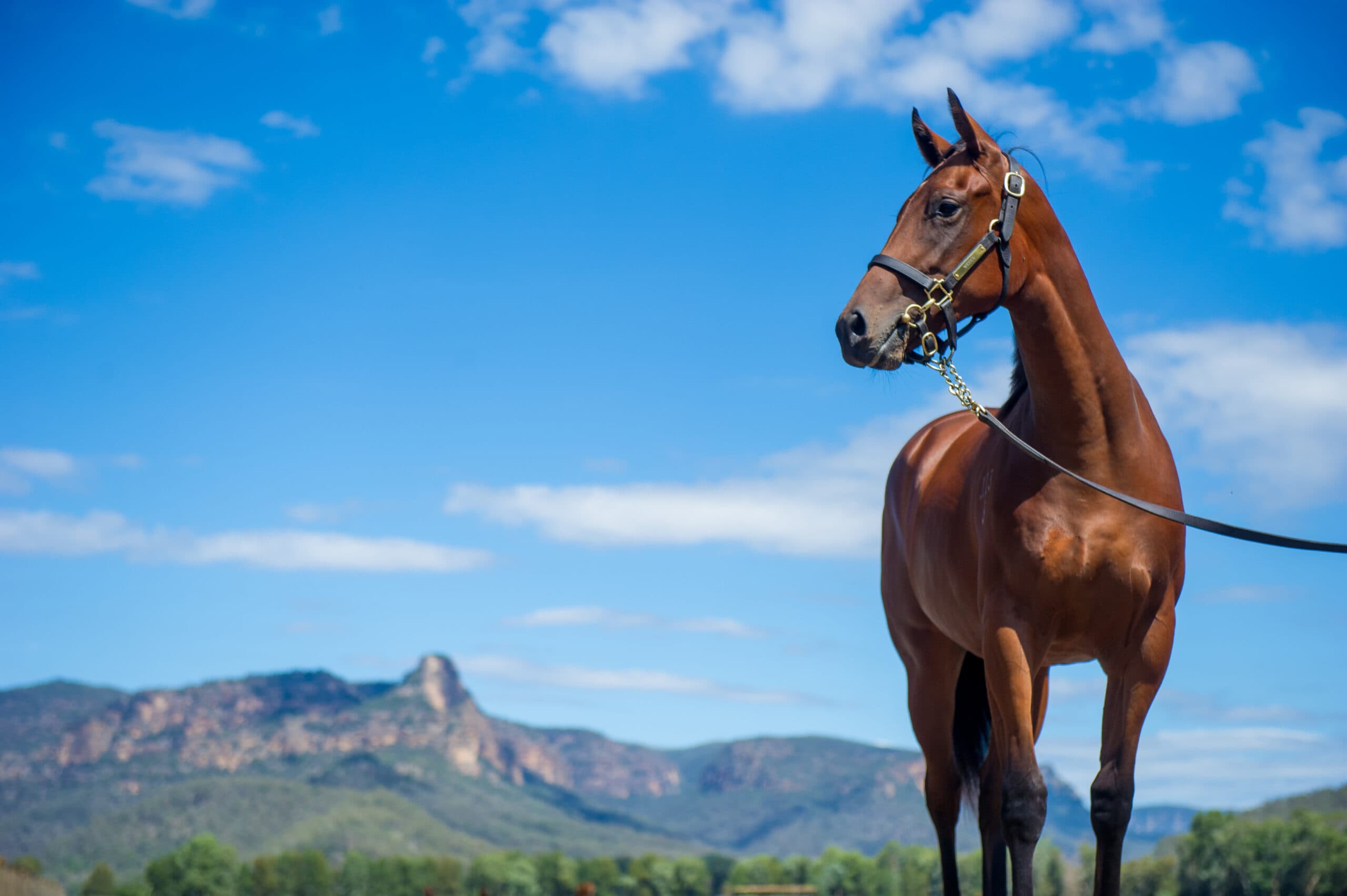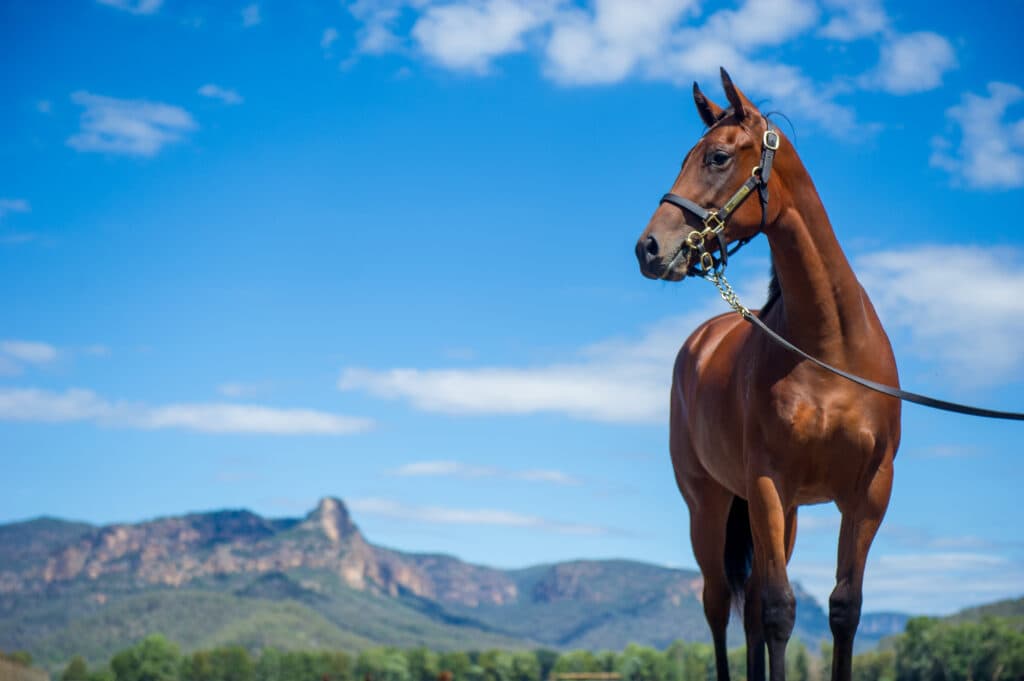On a scale not seen before in Australia, researchers are conducting a retrospective investigation on pre-sale radiographs (x-rays) of more than 6000 thoroughbred yearlings in an effort to inform the debate regarding the potential impact of common skeletal irregularities.
The Investigation of what radiographic lesions in thoroughbred yearlings are significant in limiting future racing performance project, funded through the AgriFutures Thoroughbred Horses Program and led by Professor Ben Ahern at The University of Queensland is collating and analysing over 250,000 x-rays taken between 2014-18 and relating them with the subsequent real-life racing outcomes.
At most thoroughbred yearling sales, sets of x-rays are available for registered veterinarians to review at the request of potential buyers, before the horses enter the sale ring. The practice seeks to offer buyers an additional source of information on which to base their purchasing decisions.
According to Prof. Ahern the practice often has some uncertainty due to a lack of up-to-date Australian data on the types of irregularities that may impact future racing performance, and how they may cause this impact.
“Veterinarians can hold disparate views on what a particular x-ray result might ‘mean’ for the horse in question,” Prof. Ahern said.
“Reports given to potential buyers can be based heavily on opinion and individual experience, with a lack of statistical data to support a recommendation.”
According to Prof. Ahern, the diversity of opinion can affect buyer confidence and significantly impact sale results and breeder profitability.
Because of the subjectivity associated with pre-sale x-rays, thoroughbred breeders have long questioned the interpretation of pre-sale radiographs on yearlings and weanlings as a predictor of the future racing performance of young thoroughbreds.
“Our project will collate and analyse pre-sale x-rays from 2014-18, allowing us to increase certainty around the potential impact of commonly found irregularities for both breeders and buyers.”
“An improved understanding of what a range of common radiographic outcomes might mean for the longer-term performance potential of these yearlings will be beneficial and reassuring to the industry.”
Existing approach put to the test
An expert panel of veterinarians will review the existing evidence relating to radiographic lesions found in thoroughbred yearlings, focusing on current grading scales and the potential and actual performance impact.











